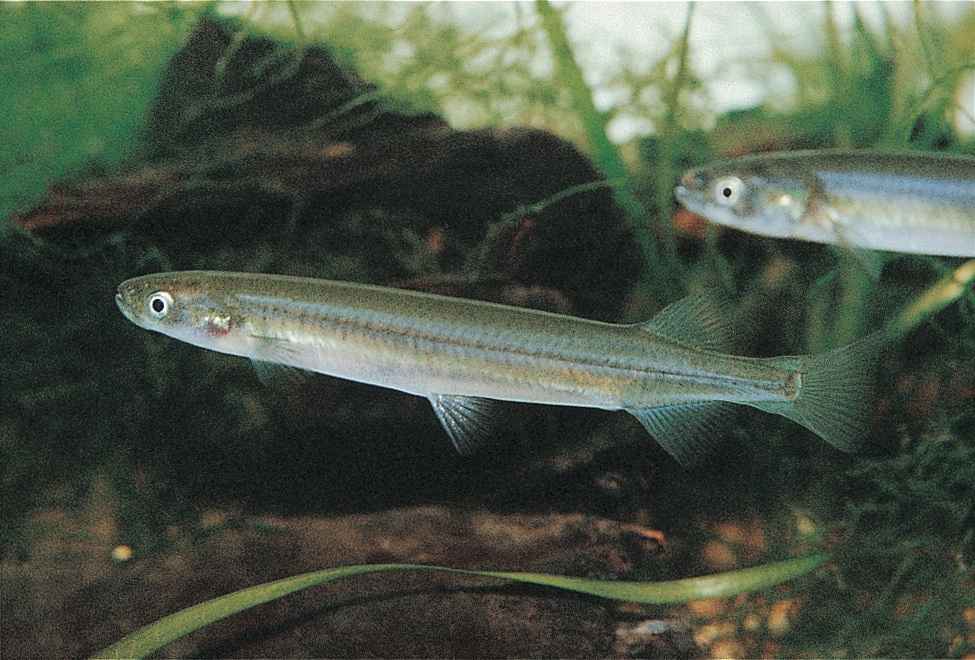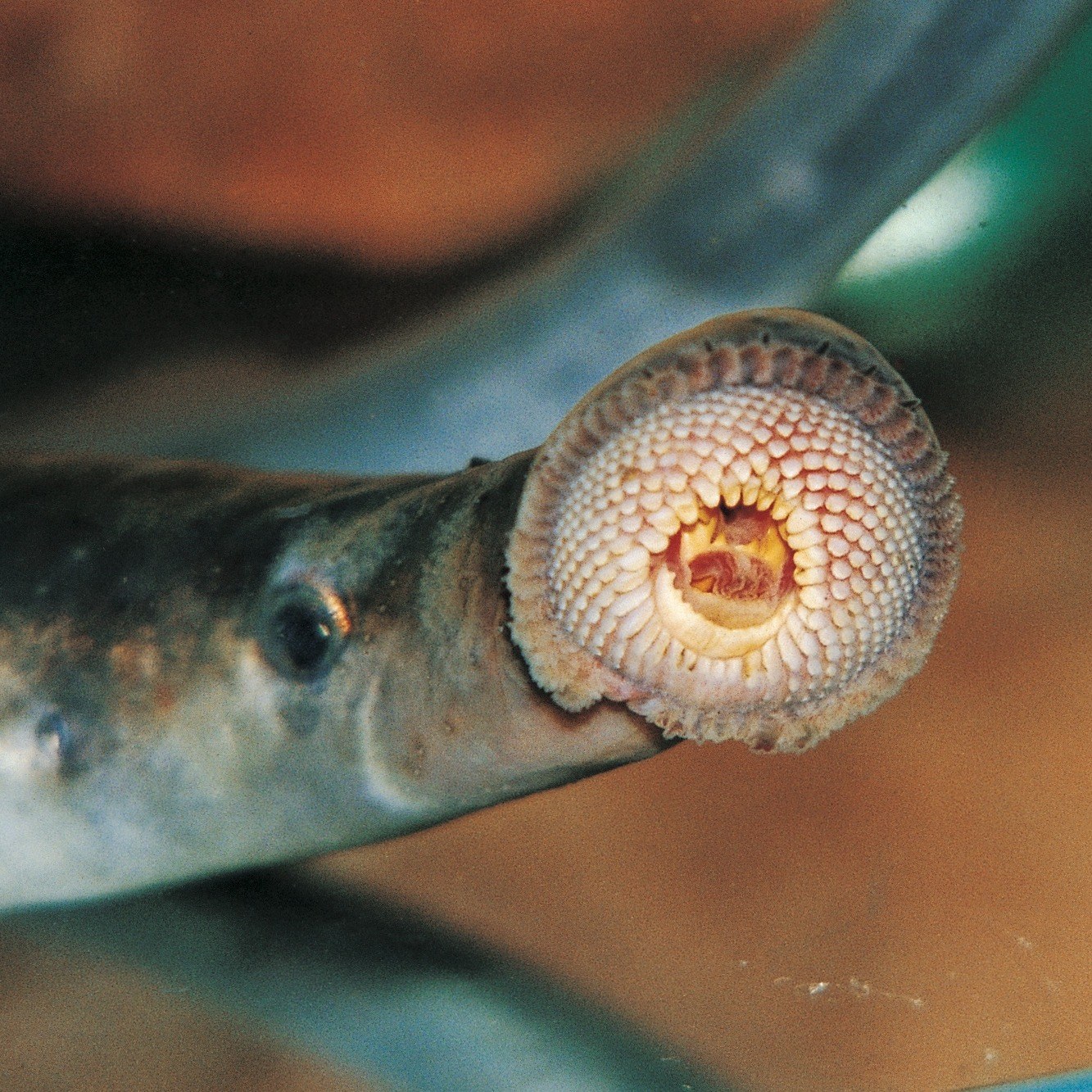Have you seen the colourful new mural at West Beach along the River Torrens / Karrawirra Pari? Learn about the artwork and why it was chosen.

Adelaide artist Taylr Jay has created a brand-new mural at end of the River Torrens / Karrawirra Pari – where the river meets the sea.
This colourful new addition to the coastal area has already attracted the attention of locals with many stopping by during the creation to check out the art in progress.
Each of the elements in this mural – from the fish to the pelican – were carefully selected to represent the area. Discover all plants and animals in the painting and why they were chosen.

1. Southern purple-spotted gudgeon
See the fish with the purple and orange spots? Golden to yellow in colour? Well, this guy is a southern purple-spotted gudgeon, and not only is he a pretty inclusion in the mural but his presence in the River Torrens / Karrawirra Pari represents something pretty special.
Southern purple-spotted gudgeons used to call the River Torrens home more than a century ago, but had been a missing part of the river system.
In 2023, these endangered fish were reintroduced to the Breakout Creek / Purruna Pari section of the river, which we have progressively restored from an artificial channel to a more natural waterway in partnership with City of Charles Sturt and City of West Torrens.
Their reintroduction and survival is a strong sign of improved health of the river and a great local example of an urban rewilding success story.

2. Congolli
Now we come to our congolli, sometimes known as a marbled fish because of its marbled or spotty appearance and they are a notable fish who frequent the Torrens.
Congollis are a small-bodied natives that rely on both fresh water and salt water to complete their lifecycle (meaning they spend a lot of time in the river, but head out to sea to breed before juveniles then make their way back to fresh water). So it is a perfect representation to have them painted as they travel from the river, through the outlet, and out to sea often.

3. Common galaxia
Speaking of needing sea water and fresh water, check out the little common galaxias in the mural.
These guys release eggs in the lower sections of the river and then the eggs float out to sea to hatch. It is the juveniles that then swim upstream to live their adult lives in the river.
Common galaxias have a slim, narrow body and a forked tail.
Their colour ranges from green to amber with a darker green or brown spotty pattern all over. But you’ll have to look carefully to spot one in real life as they only grow to be about 10 cm long.

4. Pouched lamprey
Those teeth! Pouched lampreys have funnel-shaped mouths with no jaw, filled with teeth. They use this funnel design and teeth to suction and attach themselves to other fish to feed. No need to be worried by those teeth though, they don’t cause harm to humans.
These long and skinny eel-like creatures spend most of their life at sea, only returning to freshwater to breed.
And the mural isn’t the only place you can check out these creatures, head toward the Kaurna reflection space of Breakout Creek / Purrana Pari to see Allan Sumner’s lamprey sculpture.

5. Common reed
The common reed (phragmites australis) is a plant you’ll see in many areas along the River Torrens / Karrawirra Pari. Its thick, leafy stems help provide protection from potential predators like foxes for animals that call the river home, and also act as natural filters to keep the water healthy
This reed can form quite extensive beds. It covers large areas thanks to a horizontal stem that it grows at its base (known as a runner), which can travel a long way before shooting up as roots and a plant. It can grow quite tall too, between 2 and 4 metres.

6. Pelican
Have you seen pelicans fishing between the coast and river? They use their large bill and throat pouch like a bucket to scoop up water and fish.
Pelicans are large waterbirds, predominately white, with some black feathers and a pink bill – actually the longest bill of any bird!
You’ll see pelicans gliding above the outlet and using their expert scooping technique to catch their next meal.

7. Seal
Well… actually this is not just any seal on the mural, but Henry the seal! Henry is a long-nosed fur seal known to locals. They say he has been visiting for years.
Seals sometimes make their way to the outlet to feed, or you might spy them, Henry in particular, around the nearby jetties looking for a fishy meal.
Seals are part of a group of marine mammals called pinnipeds and they are known for their playfulness.

Take look-see yourself
If you’re head to the recently redeveloped western end of the River Torrens / Karrawirra Pari, take a stroll over the Seaview Road bridge or even down to the sand beyond the Torrens Outlet – it is a great place to checkout this colourful new mural.
The artist, Taylr Jay, is an Adelaidian who uses human expressions and vibrant colours to create emotional connections between humans and nature. We think she has captured some of the fascinating creatures of the area brilliantly in this latest piece.
And when you do head to the mural, snap a picture and tag us on Insta!
Or until your next visit, discover more about some of the native fish that call the River Torrens / Karrawirra Pari home.
We were proud to support the creation of this mural alongside City of Charles Sturt and SA Water.